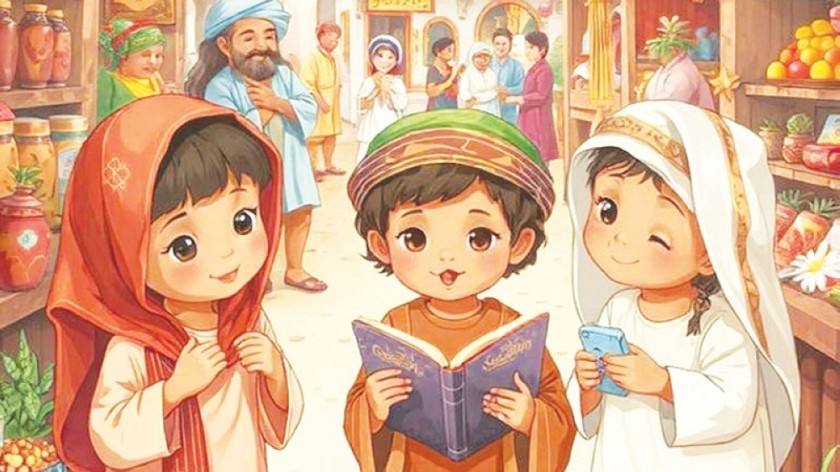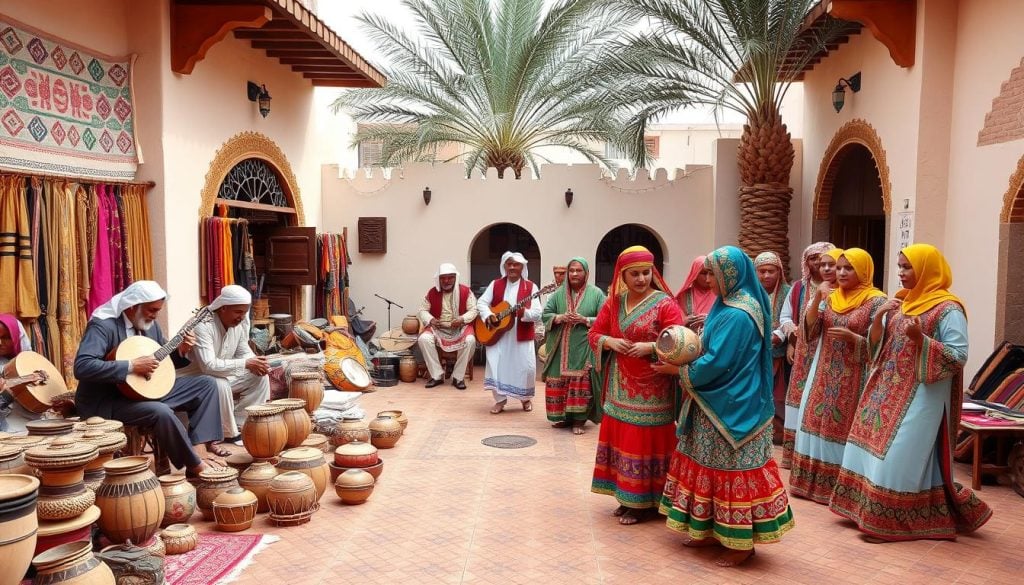The Heart of Omani Culture
Storytelling in Oman is more than entertainment; it is a living vessel carrying the essence of the nation’s identity. From the sweeping deserts to the bustling coastal towns, stories have been passed down through generations, creating a rich tapestry that binds the past and present. Each tale reflects the values, struggles, and triumphs of the Omani people, offering insights into a history shaped by trade, exploration, and a deep connection to the land.
Through storytelling, Omanis preserve their folklore in ways that transcend written records. Oral traditions become the heartbeat of communities, uniting families and neighbors as listeners gather around to hear the words of elders. These narratives are not merely recounted; they are performed with emotion, gestures, and sometimes music, ensuring that every listener experiences the story as if it were unfolding in front of them.
Guardians of History: The Role of Storytellers
In Omani society, storytellers hold a revered position. Known as Hakawatis, these individuals are custodians of wisdom and memory. They possess the remarkable ability to weave lessons from history into compelling tales that captivate audiences of all ages. Through their narratives, ancient battles, heroic figures, and moral dilemmas are brought to life, giving contemporary listeners a vivid understanding of their heritage.
The art of storytelling requires more than memorization. Hakawatis engage the imagination, using voice modulation, pauses, and expressive body language to create a connection between the story and its audience. Children grow up listening to these stories, internalizing cultural values, while adults find in them reflections of their own experiences and guidance for life’s challenges.
Folklore as a Mirror of Society
Omani folklore reflects the social norms, traditions, and ethical principles of the past. Legends of courageous warriors, wise merchants, and resilient communities highlight the virtues Omanis hold dear: honor, loyalty, hospitality, and perseverance. Folk tales often include elements of the supernatural, with jinn, spirits, and magical creatures symbolizing the mysteries of the world and the lessons that come from understanding them.
These stories also preserve knowledge about daily life, from agricultural practices to maritime traditions. Tales of pearl diving, desert survival, and ancient trade routes reveal a society attuned to its environment and resourceful in overcoming challenges. In this way, folklore serves as both a cultural guide and a historical record, connecting modern Omanis with the lives of their ancestors.

Storytelling and Education
Beyond entertainment, storytelling in Oman is a subtle form of education. Schools and community centers often invite Hakawatis to share narratives that enhance learning about history, ethics, and the arts. Unlike textbooks, oral storytelling stimulates curiosity and imagination, making history memorable through emotional engagement rather than abstract facts.
This approach also nurtures critical thinking. As listeners interpret motives, consequences, and moral lessons within the stories, they develop skills in reflection and empathy. The dynamic nature of oral storytelling allows for adaptation, meaning that stories can be tailored to teach contemporary lessons while preserving their historical roots.
Festivals and Public Gatherings
Festivals play a crucial role in keeping the storytelling tradition alive. During events such as national celebrations and cultural festivals, storytellers take center stage, enchanting large audiences with epic tales and folk legends. These gatherings strengthen community bonds and instill pride in Omani identity.
Public storytelling also encourages intergenerational dialogue. Young people hear firsthand from elders, asking questions and sharing interpretations. This exchange ensures that stories remain relevant while preserving their authenticity. Festivals become a living archive where the past is celebrated, not just remembered.
Music, Poetry, and Storytelling
Omani storytelling often intertwines with music and poetry, enhancing its emotional impact. Traditional instruments accompany tales, creating an immersive atmosphere that transports listeners to the setting of the story. Poetry, particularly in the form of rhymed narratives or songs, allows complex histories to be remembered easily, as rhythm and melody reinforce memory.
This fusion of art forms makes storytelling a multidimensional experience. Listeners do not simply hear the story—they feel it, internalizing both its content and the cultural expressions that frame it. Music and poetry ensure that stories resonate deeply, leaving lasting impressions that textbooks alone cannot achieve.

Modern Adaptations and Digital Preservation
In recent years, Omani storytelling has embraced modern technology to reach wider audiences. Audio recordings, video performances, and social media platforms allow folk tales and historical narratives to be shared globally. This digital preservation ensures that the oral tradition adapts to changing times without losing its essence.
Young Omanis, while increasingly engaged with technology, still find inspiration in these stories. Animated videos, podcasts, and online readings introduce folklore to new generations in ways that honor tradition while embracing innovation. By blending the old and the new, storytelling remains a dynamic, evolving practice.
Storytelling as a Cultural Bridge
Omani storytelling also serves as a bridge between communities and nations. Tales of maritime trade, exploration, and diplomacy reveal a history of engagement with neighboring regions and the wider world. Sharing these stories with international audiences fosters understanding and appreciation of Omani culture, creating connections beyond borders.
Furthermore, storytelling nurtures empathy and intercultural awareness. By engaging with the experiences, values, and beliefs of past Omanis, listeners learn to appreciate diverse perspectives and the universal lessons embedded in folklore. This cultural bridge strengthens both local identity and global understanding.
Inspiring Future Generations
The power of storytelling lies not only in preserving the past but also in inspiring the future. Children who grow up listening to tales of bravery, wisdom, and resilience are more likely to carry these values into adulthood. The lessons embedded in stories shape character, decision-making, and a sense of belonging.
Storytelling motivates creativity and innovation. By imagining ancient worlds, characters, and adventures, listeners cultivate their own narrative skills, artistic expression, and problem-solving abilities. In this way, folklore becomes a source of cultural continuity and personal growth simultaneously.
Conclusion: The Timeless Significance of Omani Storytelling
Omani storytelling is a treasure that preserves folklore, history, and cultural identity. It transcends generations, bridging the gap between the past and present while inspiring future creativity. Through the voices of Hakawatis, the rhythms of poetry, the melodies of traditional music, and the reach of modern technology, the stories of Oman continue to thrive.
These narratives are more than tales; they are living embodiments of the nation’s soul. They teach, entertain, and connect people across time and space. In celebrating Omani storytelling, we honor a heritage that is resilient, vibrant, and endlessly inspiring a heritage that ensures the lessons of the past endure for generations to come.
Do follow Gulf Magazine on Instagram.
Also Read – Discover the Timeless Beauty of Oman’s Traditional Jewelry



